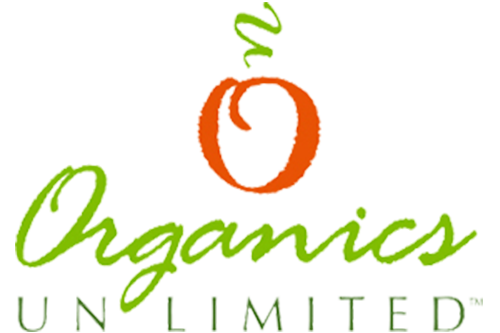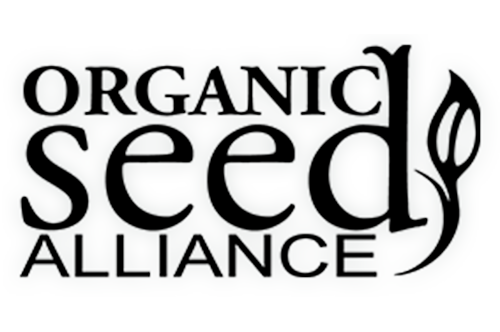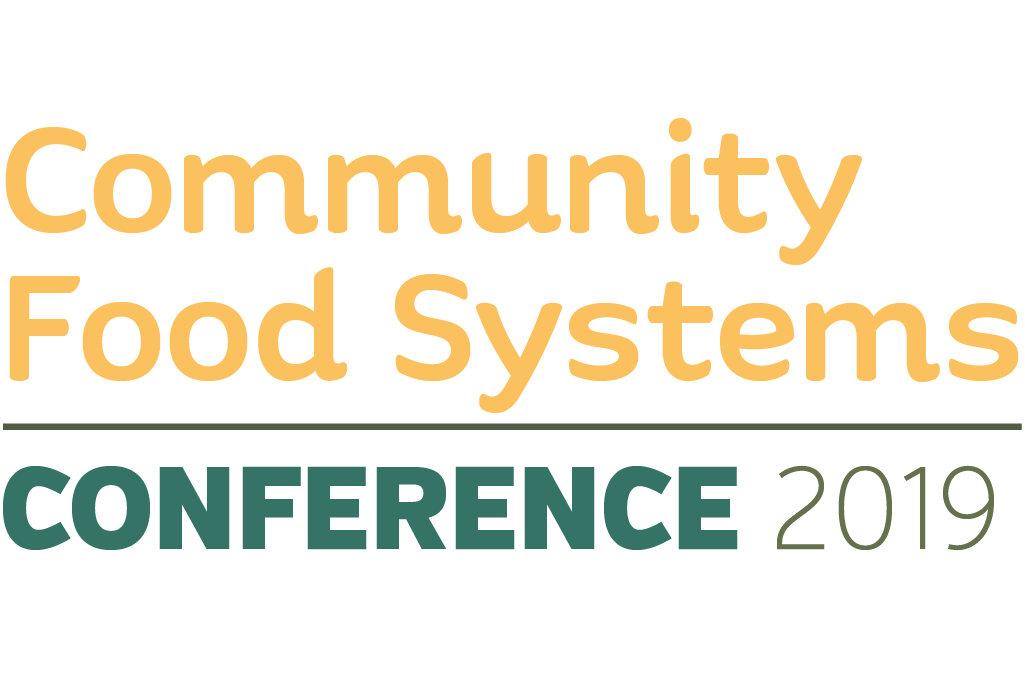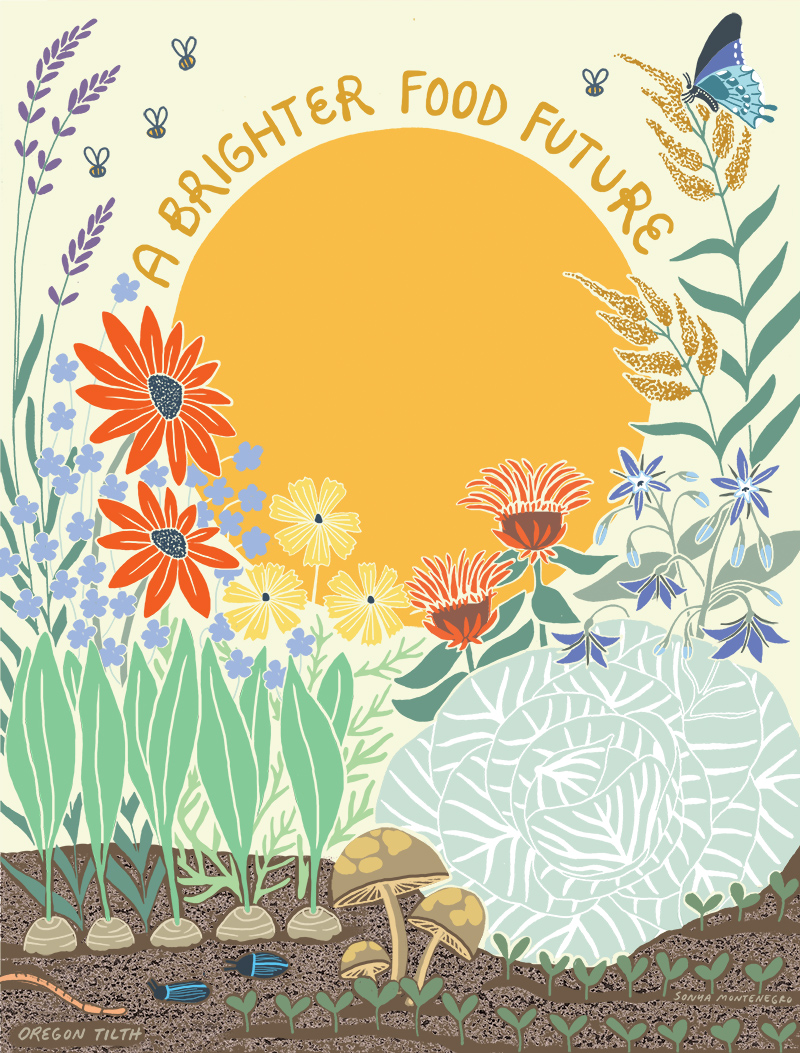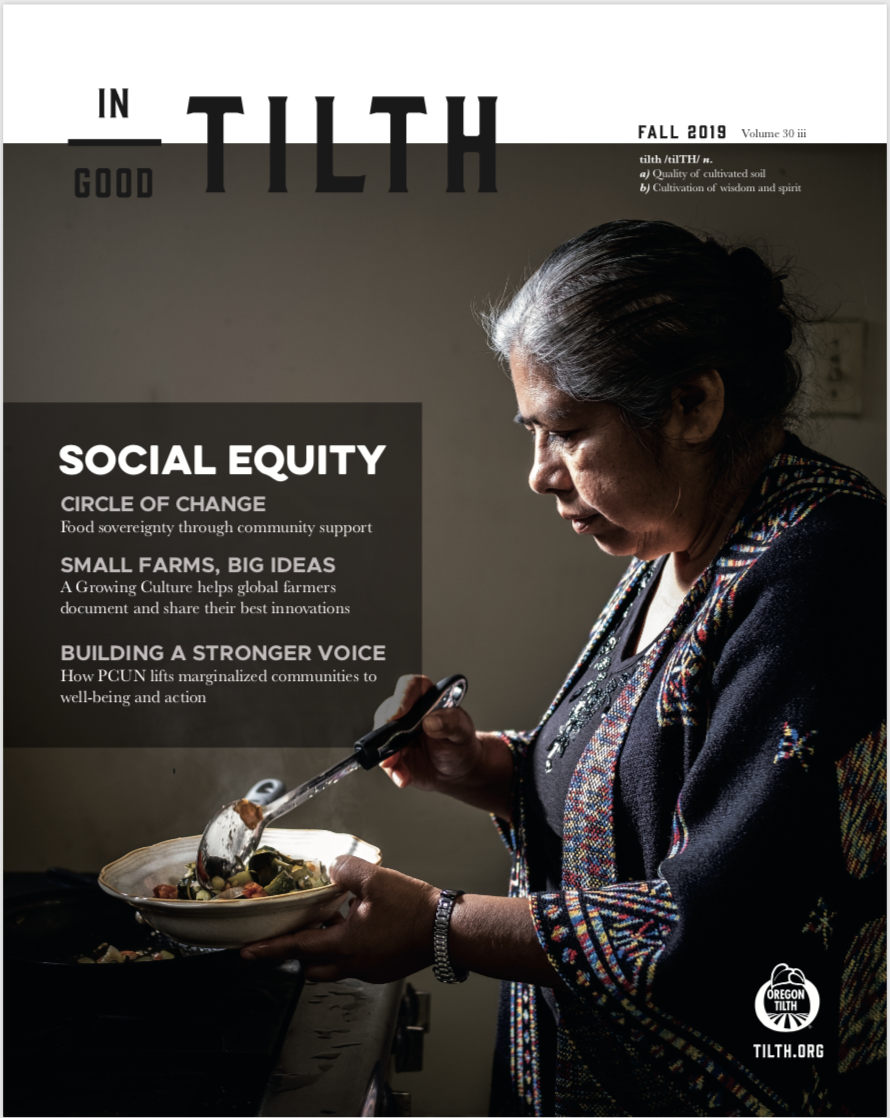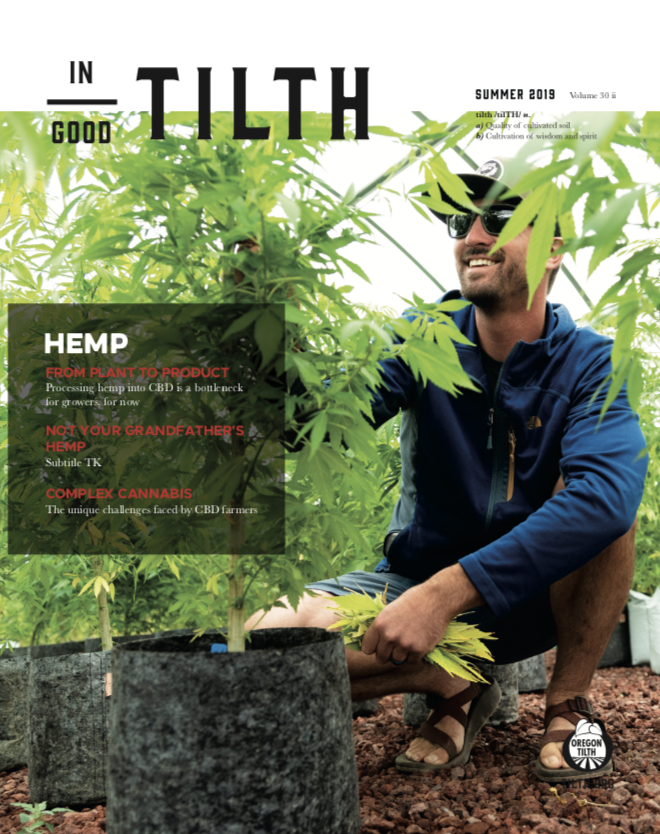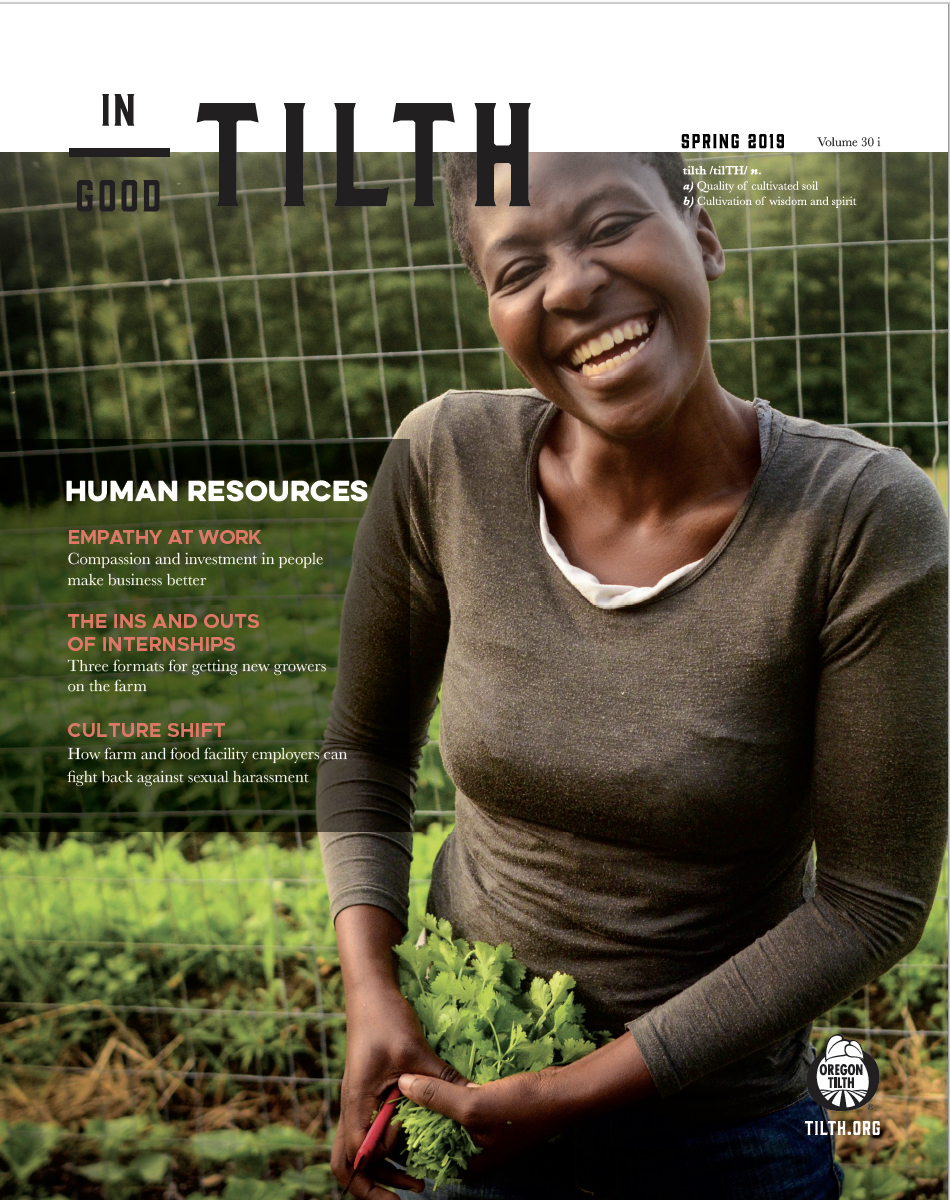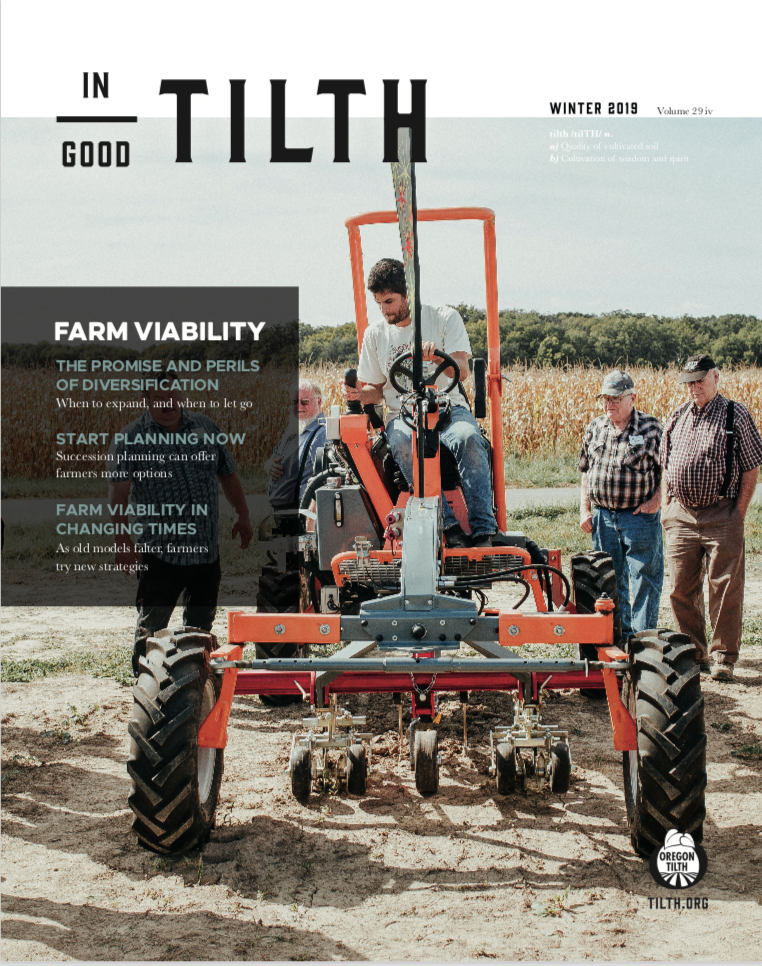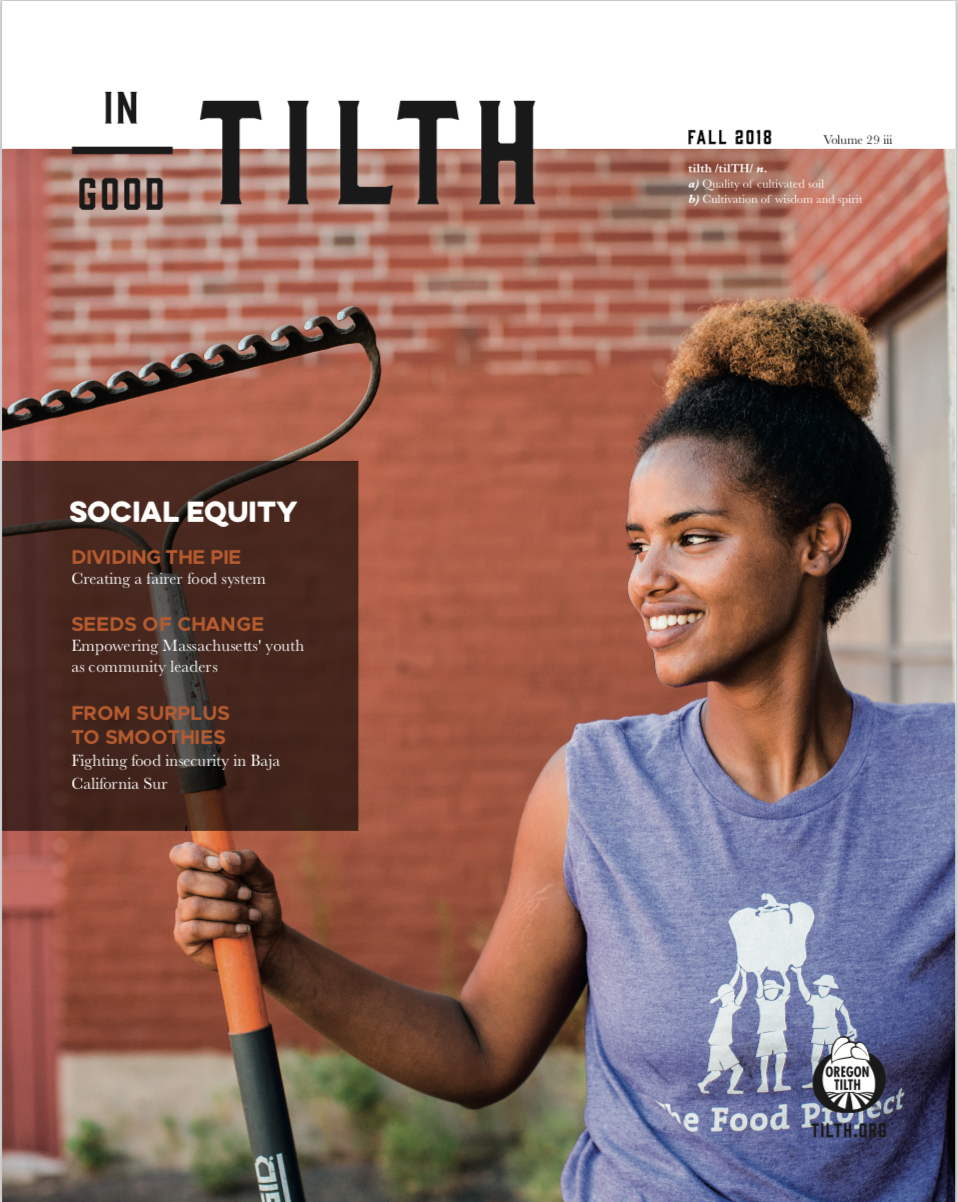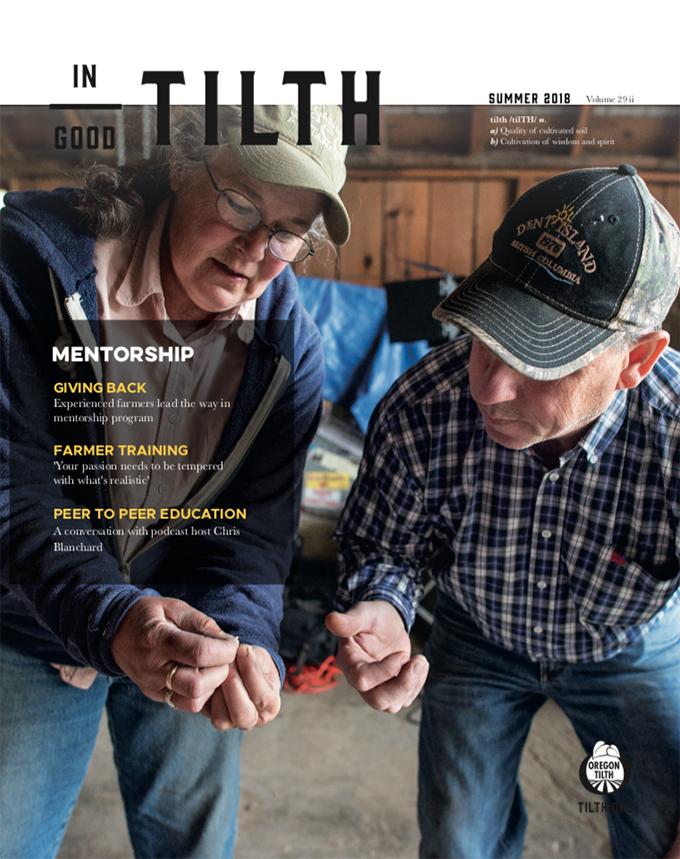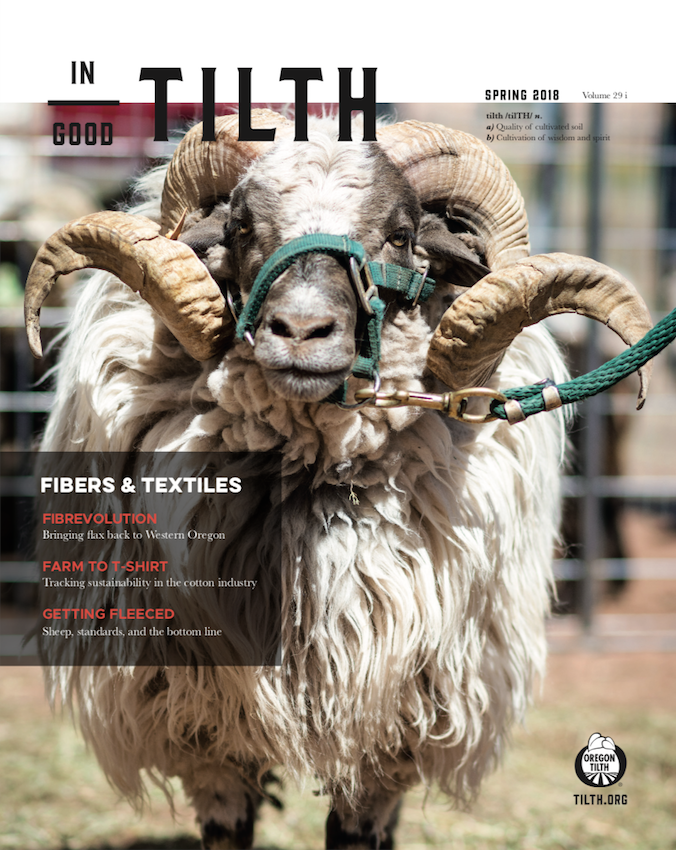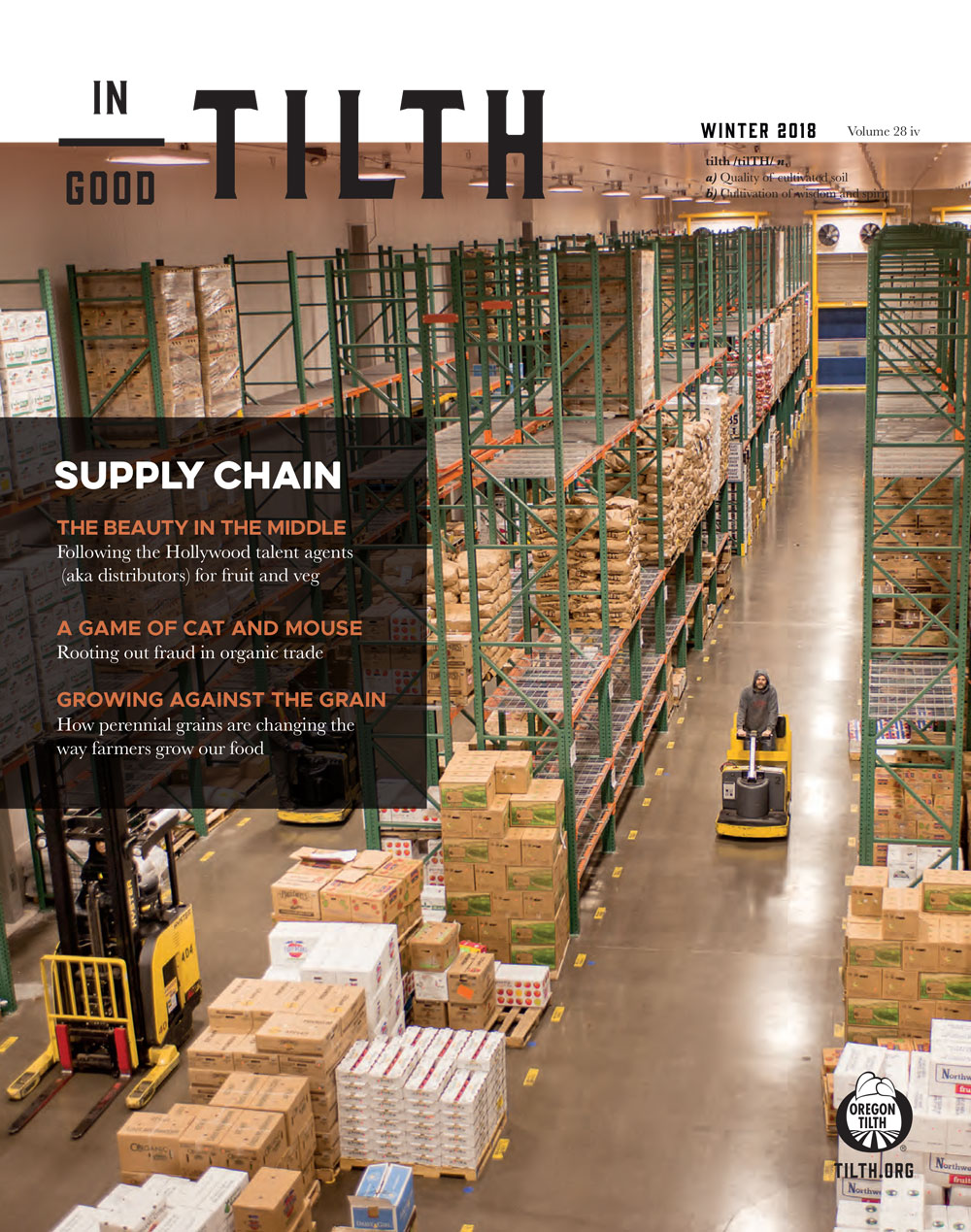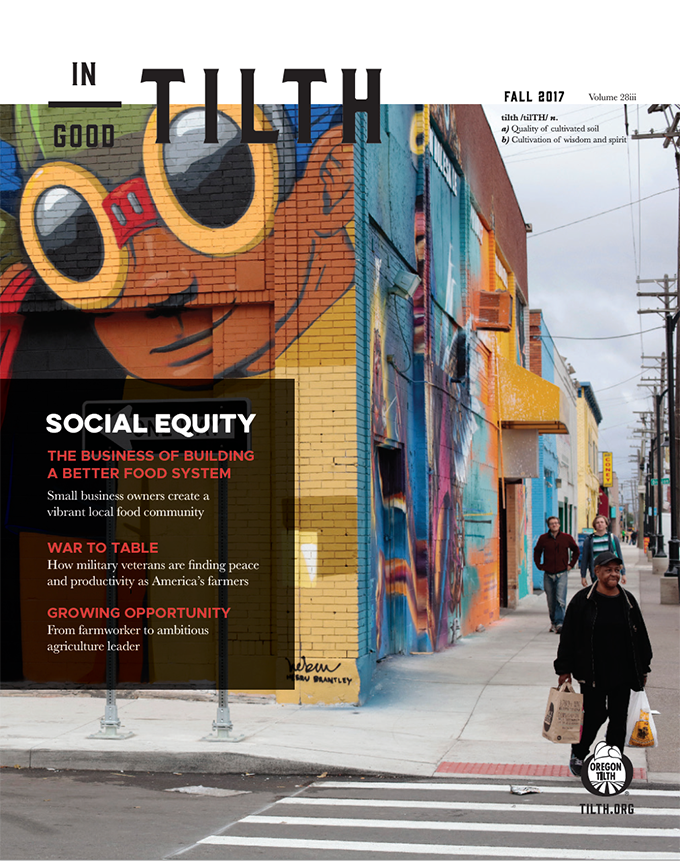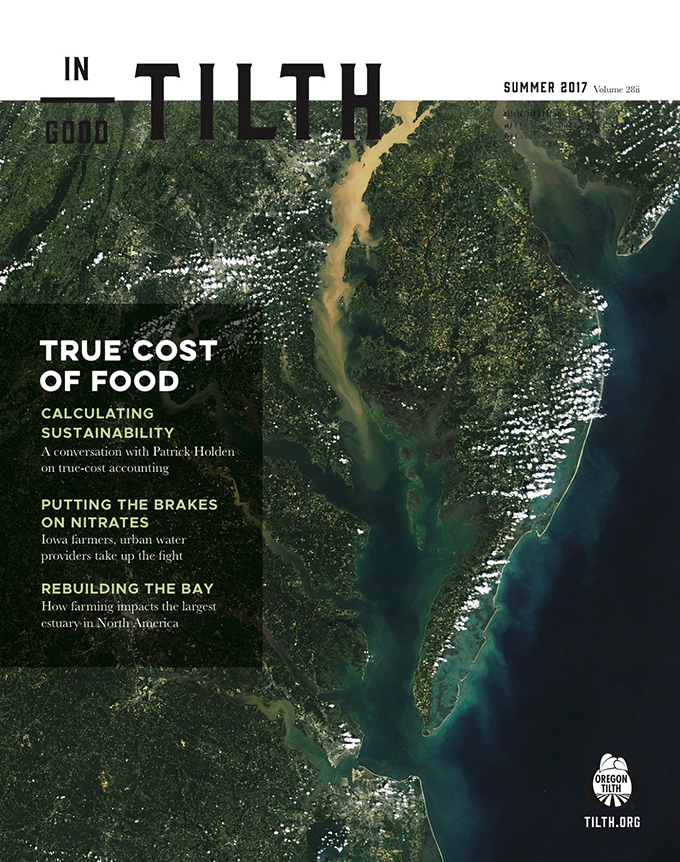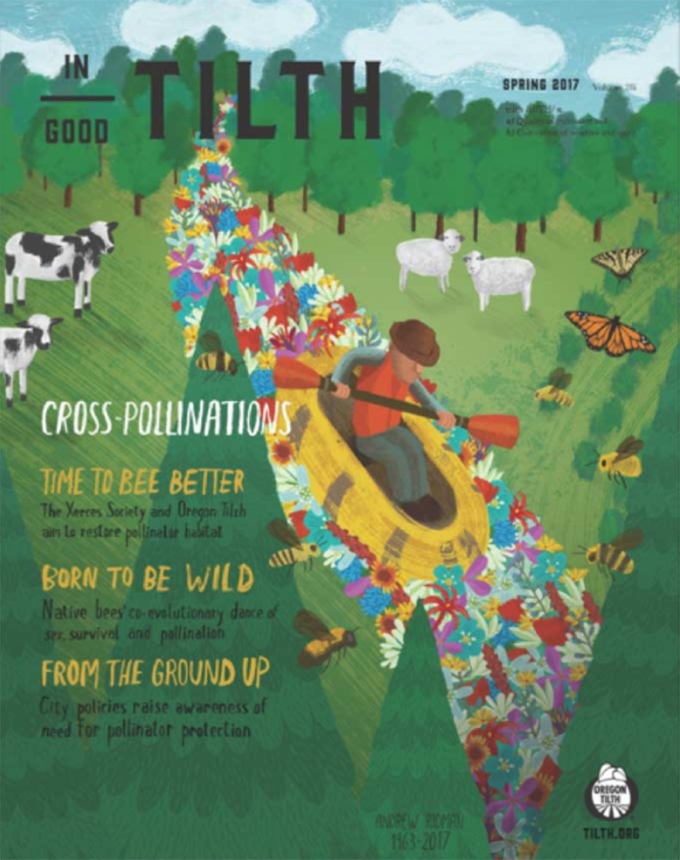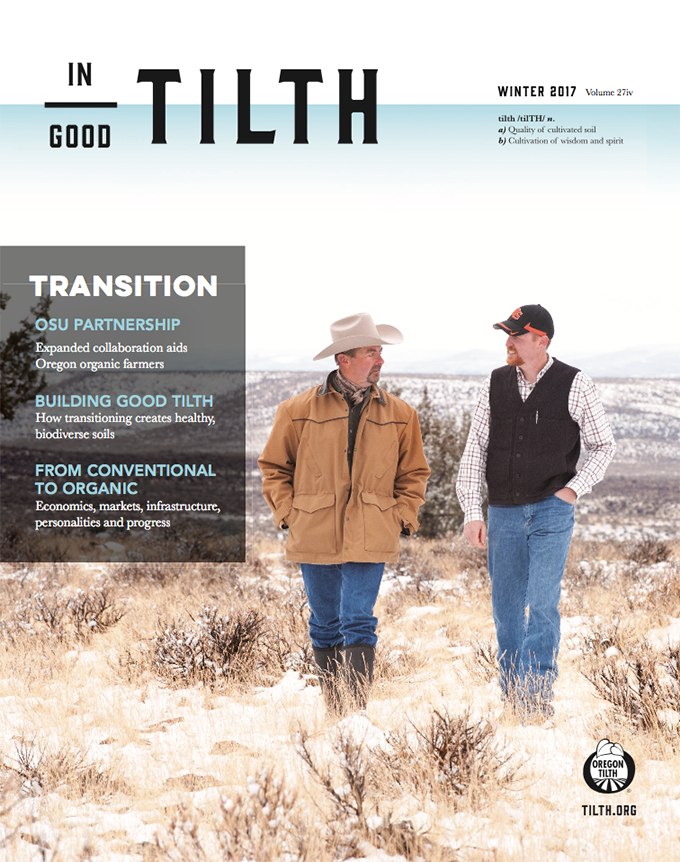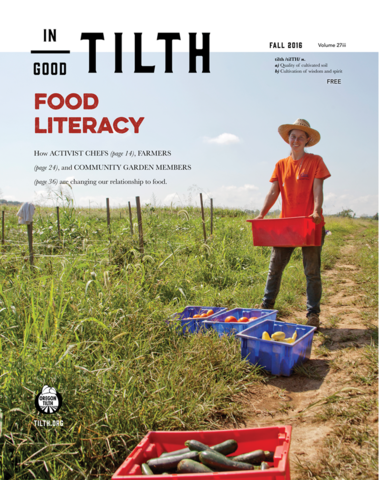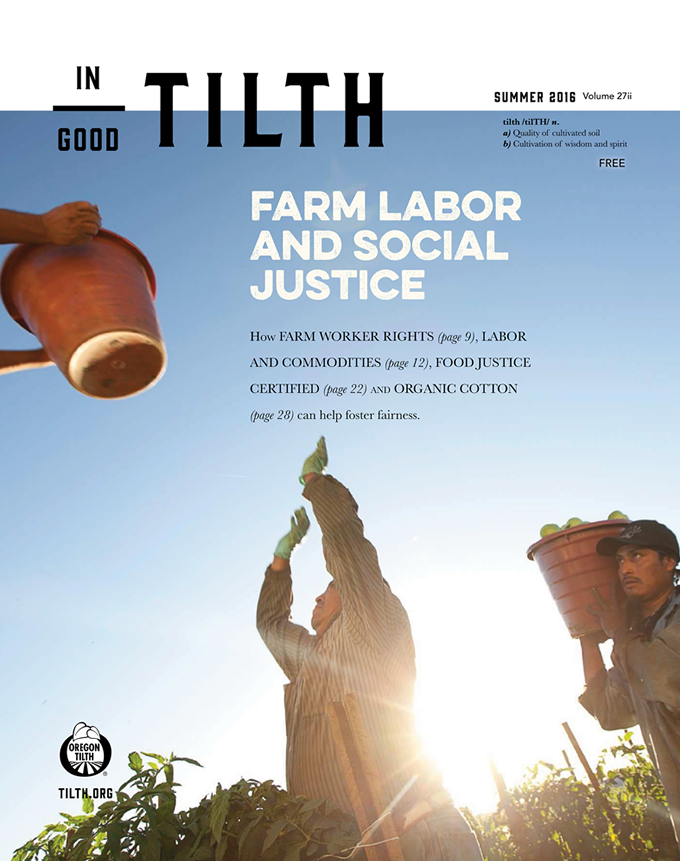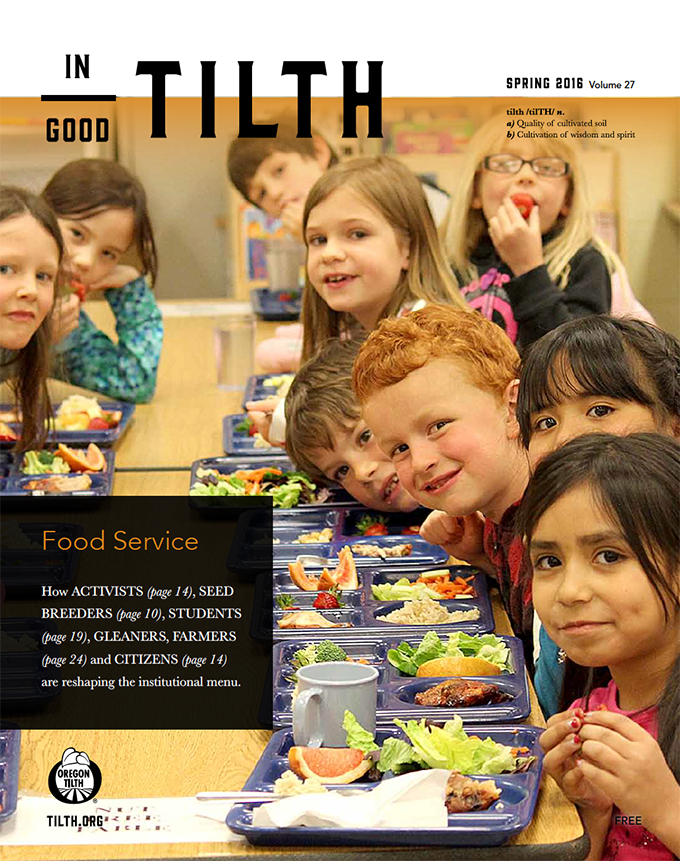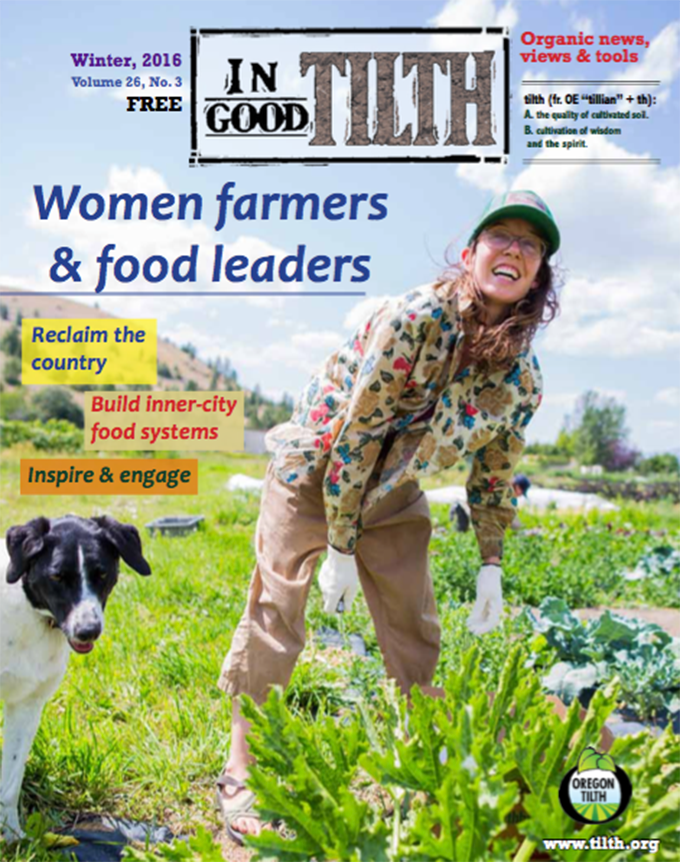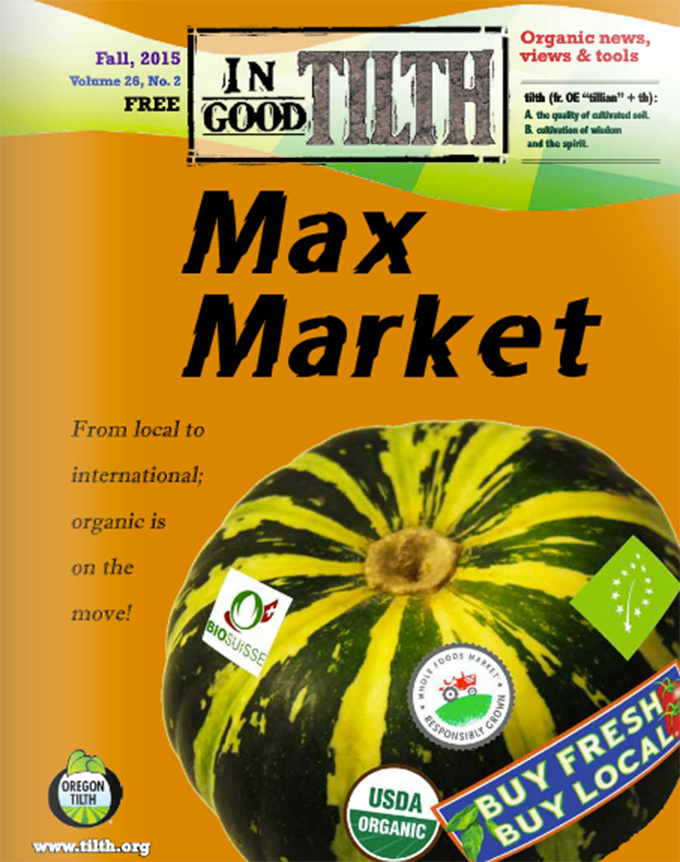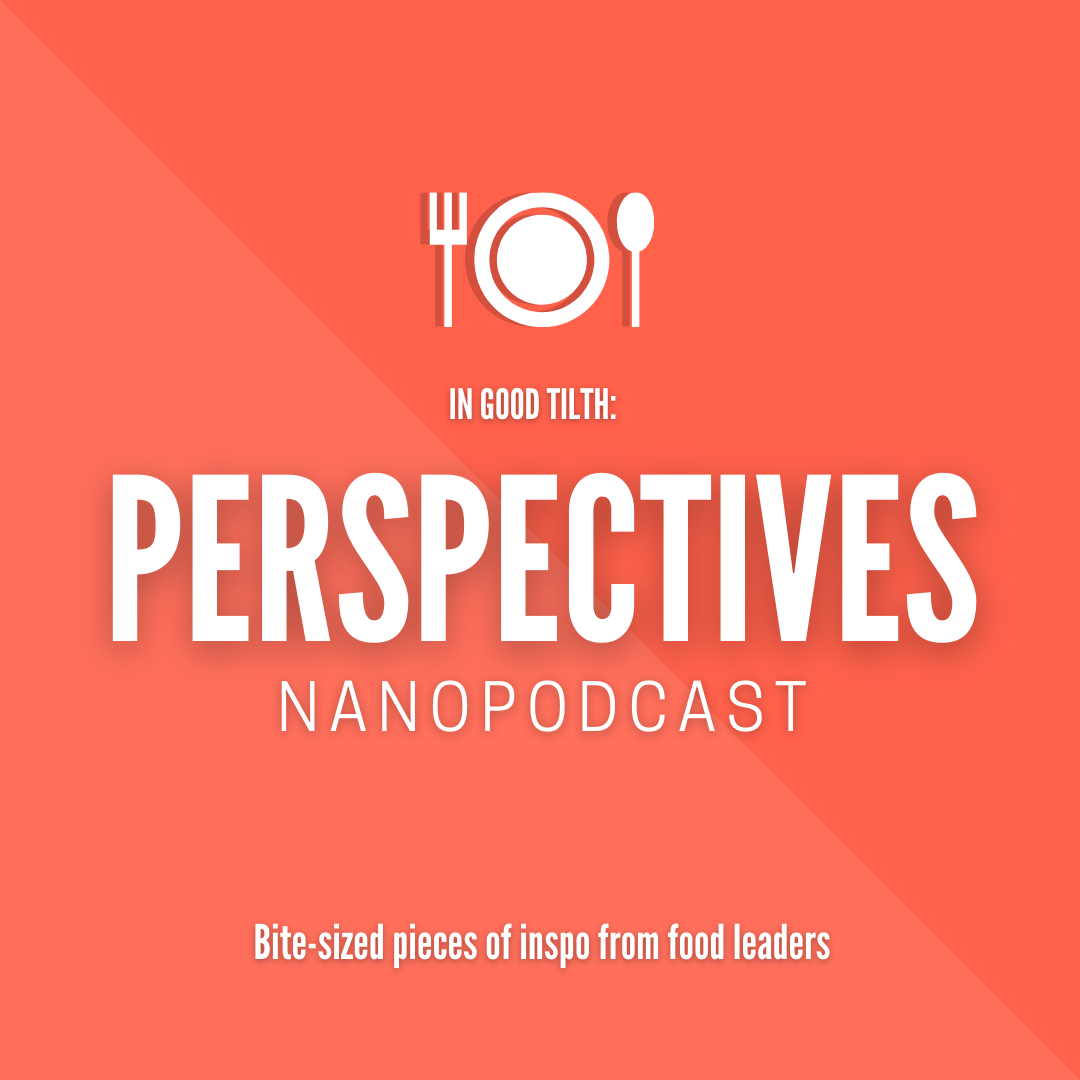As the sun rises on central Uganda’s Wakiso District, farmer Daniel Lutaaya gathers herbs. They’re not destined for cooking, nor for medicine or tea. Instead, they’re ingredients for a homemade, all-natural pesticide on which Lutaaya relies to keep bugs off his farm’s vegetable crops. But it’s not just the herbs that keep the insects away. Lutaaya’s pesticide also contains a secret ingredient he incorporated after observing its effects on other parts of his farm: rabbit urine gathered from his hutches using a specially designed collection system he built himself.
Farmers everywhere will recognize the special combination of ingenuity, creativity and MacGyver-like resourcefulness that leads to innovations like these. A big part of being a farmer is coming up with new ideas to respond to the conditions on your land. And particularly good ideas are worth sharing. But for small-scale and subsistence farmers in the global south, a lack of resources makes it hard to coordinate, organize and share their hard-won innovations with one another. Now, a new project from nonprofit organization A Growing Culture (AGC) aims to change that by making it easier for small-scale farmers to document their innovations and help spread their good ideas.
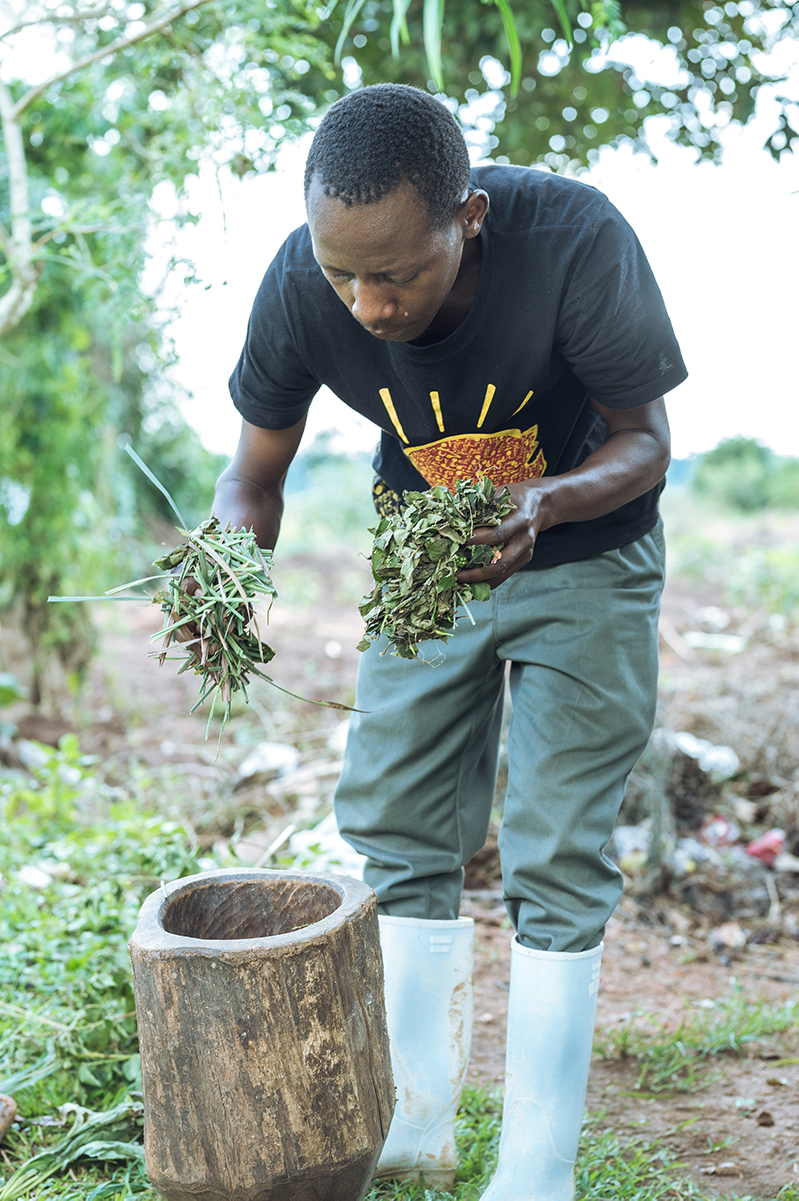
A Growing Culture
Loren Cardeli is the executive director of AGC. His interest in agriculture was piqued during high school, but it wasn’t until he witnessed a young boy die from drinking pesticides in Belize that he began to grasp the vast challenges facing small land holders and subsistence farmers in the global south. As Cardeli watched multinational agricultural corporations move into emerging economies, he saw a pattern emerge: environmental degradation, the loss of traditional agricultural practices and farmers’ quick and pervasive dependence on chemical inputs unheard of by previous generations. Along with those changes came thorny social challenges like racism, ageism and sexism.
“The gateway to environmental erosion was the social erosion, the cultural erosion that took place first that allowed that to happen,” said Cardeli. “These communities had lost their knowledge around traditional techniques. That’s when I thought about the concept of a ‘growing culture,’ one that protects the knowledge of farmers around the world and elevates them to the front of the food movement.”
In 2010, Cardeli founded AGC as a nonprofit organization. Its mission is to advance a culture of farmer autonomy and agroecological innovation, with a focus on recognizing and supporting the deep well of agricultural wisdom small farmers already possess.
Cardeli says this strengths-based approach centers the larger discussion around environmentalism and resource management where it belongs: on the people it affects most.
“For me, climate change and generative agriculture are human rights issues first, and environmental issues second,” he said. “If you have 2.5 billion people in the peasant food web who only control 19 percent of agricultural land but produce over 70 percent of calories consumed, it shows the incredible potential of that community.”
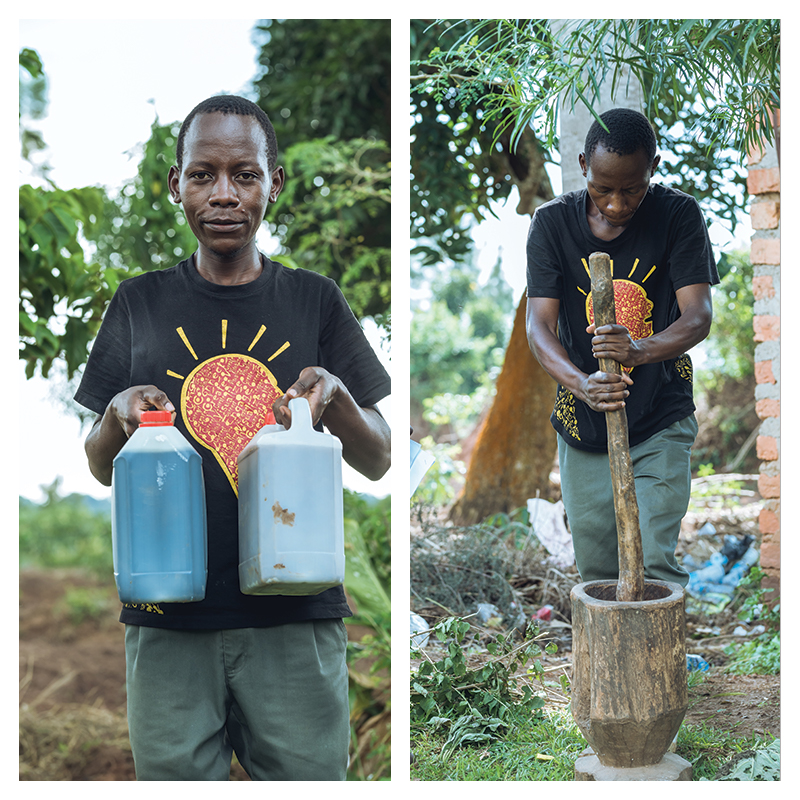
Last year, Oregon Tilth helped support AGC’s work in East Africa with a grant to fund farmer-led research and innovation in Uganda. One element of this work is AGC’s Library for Food Sovereignty, an open-source, farmer-led and farmer-managed online database that allows small-scale farmers to document and share their knowledge and innovations with one another, creating a global network of shared agricultural wisdom. All innovations are protected in creative commons, preventing them from being patented and ensuring that farmers’ intellectual property remains in the public domain.
Once the Library for Food Sovereignty launches in Spring 2020, farmers all over the world will be better able to learn about each other’s innovations, share ideas and apply those insights to their own unique situations.
“When you show a farmer a technique, she adapts it,” said Cardeli. “Farmers don’t just replicate.” It’s a model that feels particularly urgent now, as farmers across the globe grapple with the impacts of climate change undercutting their traditional foodways and agricultural practices. Like all of us, if small-scale farmers are going to survive, they’ll have to work together.
From Waste to Resource
One of the innovations that will be documented in the Library for Food Sovereignty is Lutaaya’s homemade pesticide. He says he first got the idea after making a simple observation: “We used to rear rabbits in our homes on a small scale, and we discovered that the areas around the rabbit structures were not affected by pests,” Lutaaya said. “Later on, we discovered that it was as a result of the rabbit urine. Then we came up with an idea to collect this urine in order to use it as a pesticide as well as a fertilizer.”
To collect the urine, Lutayya designed and built a unique two-story rabbit hutch. A system of sloped floors leads the rabbits’ waste into gutters — all plastic because rabbit urine will quickly rust and corrode metal — which filter the urine through a screen into containers. Solid waste separated by the screen is harvested and applied directly to the fields as fertilizer, while the urine is reserved for pesticide production.
Next, Lutayya harvests four different local herbs: Lantana camara leaves, or kayukiyuki in the language spoken by the local Ganda tribe; lemongrass, or kisubi; tithonia, or kimyula; and wild leeks, or butungulu. He crushes the leaves of these plants in a mortar, then adds them to the rabbit urine to steep. After three days, Lutaaya strains the mixture, pours it into a backpack sprayer and applies it to his row crops of cabbage, green peppers, eggplant and collard greens, where it prevents and treats troublesome insect infestations.
Lutayya says the innovation has already begun spreading in his community. “Many have come to our group and adopted the same innovation, and they are using it in their homes,” said Lutayya. The new concoction has allowed his farm and others like it to reduce their use of commercial pesticides, realizing the dual benefit of increasing household income while reducing negative impacts on the environment.
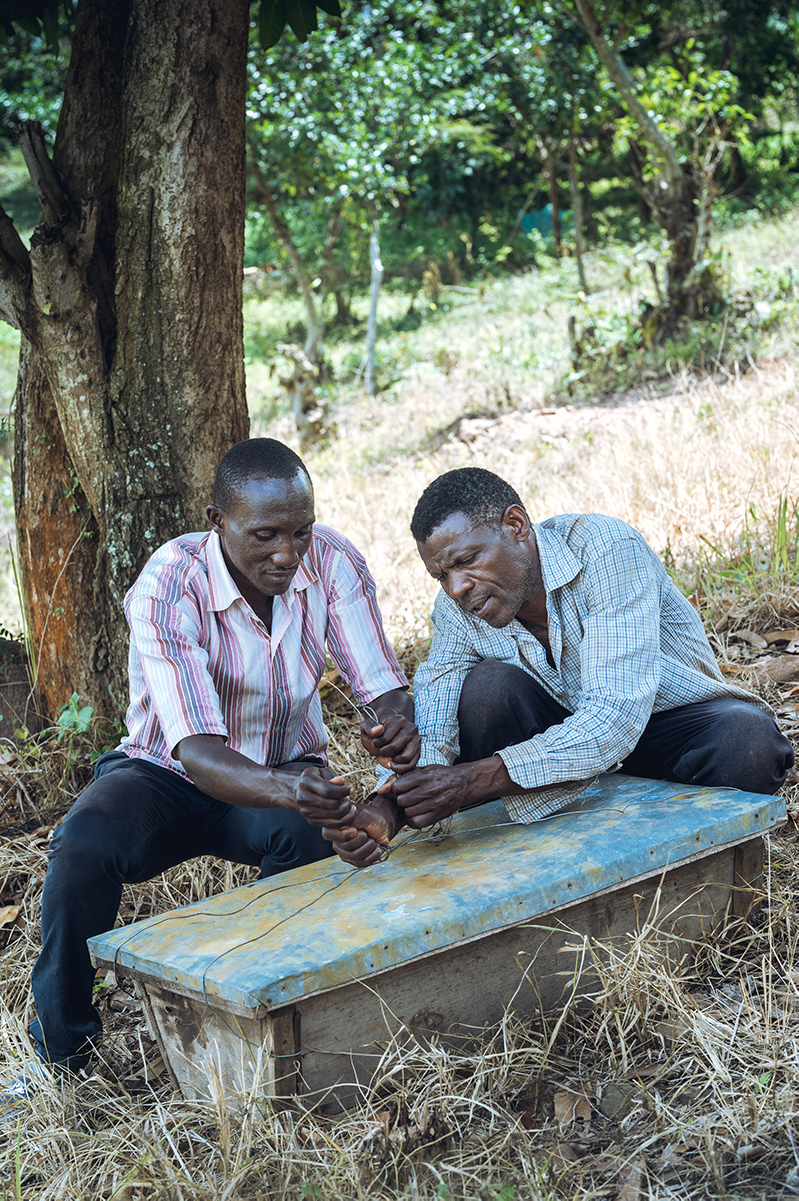
Hive Mind
Another example of community innovation can be found in Kikandwa, a small community in central Uganda, where AGC partnered with a local organization called Participatory Ecological Land Use Management Uganda, or PELUM, as well as Ugandan agriculture activist John Kaganga.
Kaganga is a small-scale farmer and food activist who lives in the central region of Uganda. First introduced to farming by his grandmother, he studied agriculture in school and fell in love with farming after graduation. While working as a farmer, Kaganga saw firsthand the problems of food insecurity and malnutrition facing his community, which mobilized him to get involved in international advocacy.
Together, the team began a process of Participatory Innovation Development, a farmer-led and expert-supported effort to meet problems faced by a community. The goals of the project were twofold: guide the local agricultural community in identifying their most pressing problems, and then facilitate the implementation of possible solutions to those problems.
“My role was really to moderate the discussion, and also to introduce the agency to the community,” said Kaganga. Through a facilitated conversation, local farmers came to a consensus that coping with drought was the most important issue they all faced.
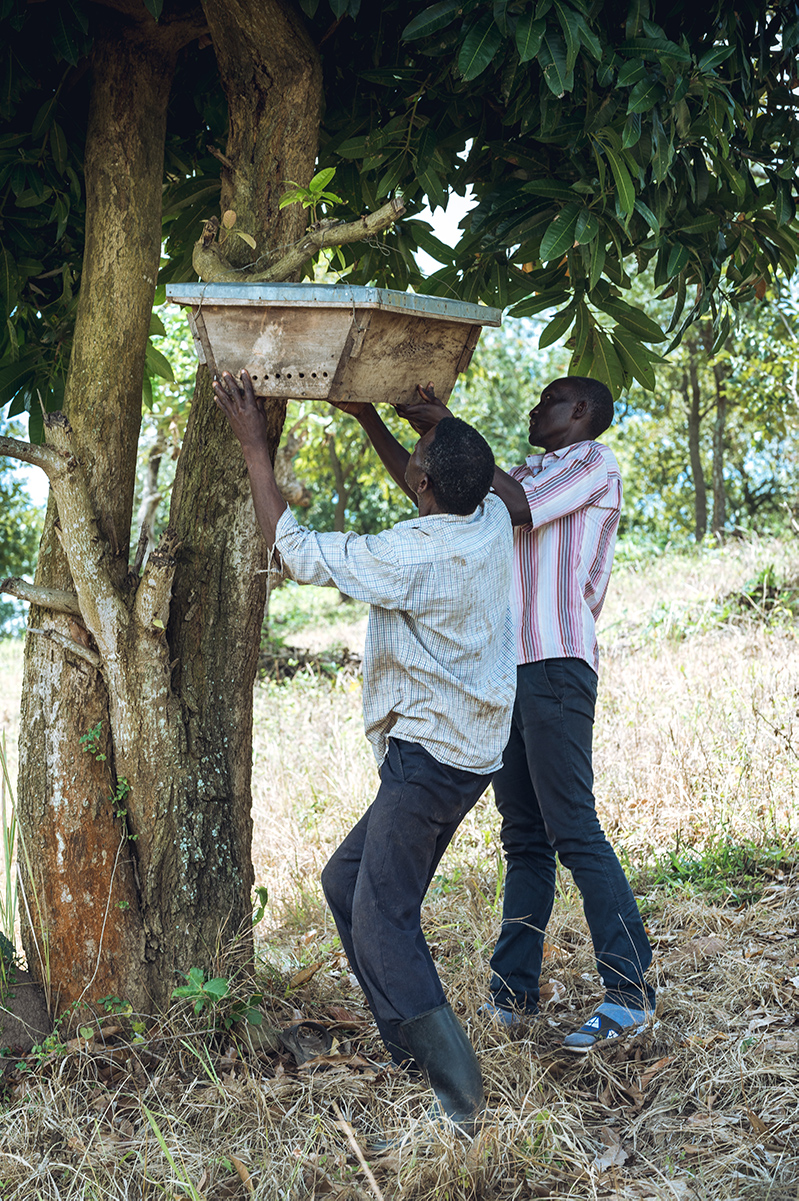
Drought has been a problem in northern Uganda since 2016. Inconsistent and reduced rainfall has meant crop failure, livestock death and famine, and farmers are struggling to adapt to a rapidly changing climate with very few resources. The farmers participating in the event said they wanted to learn about new land use strategies that could thrive in very dry conditions.
One such strategy is bees. They’re resilient, they don’t need much water and they require far fewer inputs in terms of medicine and food than other livestock like cattle or chickens. Plus, unlike larger livestock or row crops, their primary product — honey — is naturally shelf stable and can be stored and sold over time, helping to smooth irregular income over a season. Bees also require far fewer resources in terms of hands-on care, making them an appealing sideline for people with other responsibilities, like young people in school or women who are also caring for children and elderly parents.
Yet a major hurdle remained: learning how to keep bees, which is not common in this area of Uganda. “Deciding to do something is one thing, but having the ability is another,” said Kaganga. That’s where AGC came in. Together with local experts and partners, AGC found a Ugandan beekeeper willing to travel to Kikandwa to help teach the farmers there the ins and outs of beekeeping.
“When we found Mohammed, he was a no-brainer,” said Cardeli. “He was like the bee whisperer. It was amazing. He would literally put out his hands, and the bees would land all over his arms. He never wore a suit or anything. Even his children were all around the bees.”
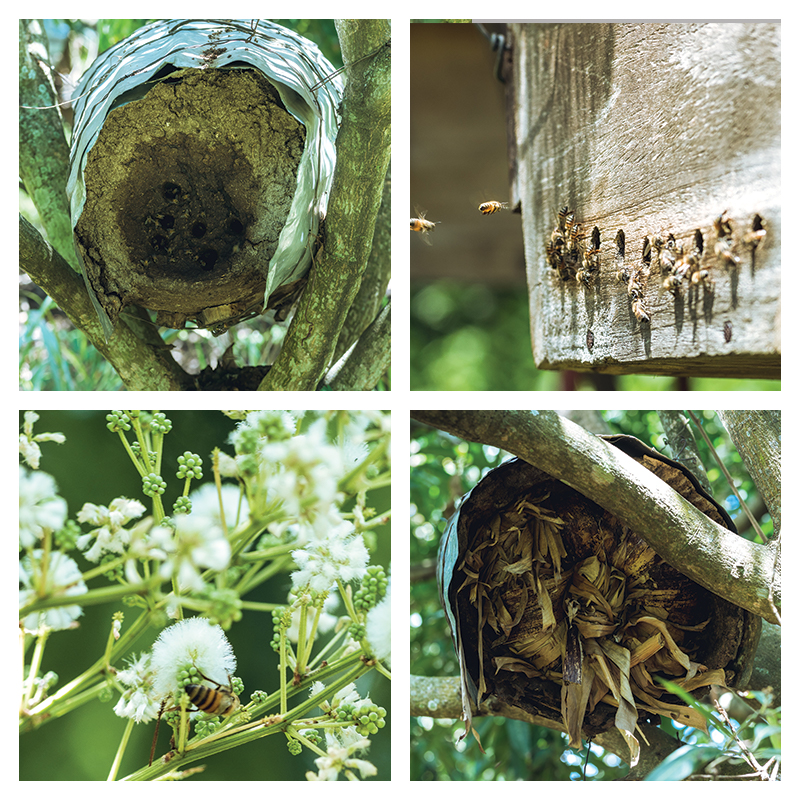
The team hired Mohammed to conduct a three-day training in Kikandwa to introduce the key concepts of beekeeping. Following that training, he returned once a month for the next four months for on-the-ground troubleshooting and advice.
“He was a very good facilitator,” said Kaganga. “He had been working with the bees for quite a long time, and he could show us the local techniques.”
Local farmers learned to build their own beehives, how to care for bees and how to harvest honey as a valuable crop. As an added benefit, Kaganga says the village has seen improved pollination rates of fruit and vegetable crops from the increased presence of pollinators in the area.
Kaganga emphasizes that this is just the beginning of Kikandwa’s nascent beekeeping program. Not all the local farmers have enough money to buy the materials required to build a hive. Packaging, marketing and quality improvement all need additional work. In the future, he’s hopeful the village could also begin to market the other products harvested from bees, such as wax and bee pollen, potentially with assistance from the local government and NGOs to support the emerging industry.
Still, stories like this help illustrate why the Library for Food Sovereignty is so important. “We have a lot of innovations in our communities, but these innovations are scattered,” said Kaganga. “If we have the Library, all of this knowledge from different parts of the world can be accessed by farmers and can be managed by the farmers themselves, and I think that is something very good.”








